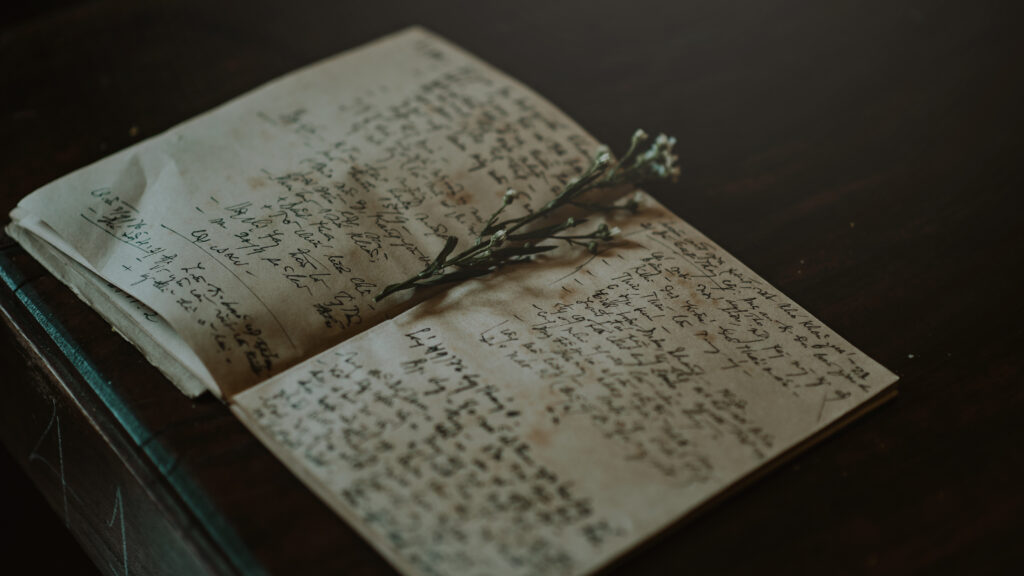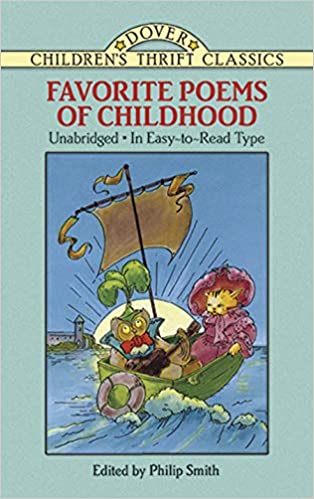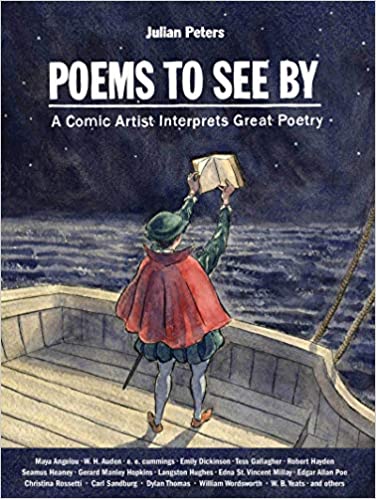
I enrolled in a poetry class in graduate school. One month later I dropped it. It wasn’t so much that it was entirely over my head as much as I had enrolled in more courses than I could handle.
And it was over my head.
I used to love poetry as a kid. I wrote countless poems. I would keep them in a purple binder, and once a week or so, I would rewrite them out neatly and I would redo my little table of contents. I loved those poems.
What strikes me about this memory isn’t the seriousness with which I took my poetry. I was always kinda weird like that. What strikes me is that I wasn’t afraid of poetry as a child, and yet somewhere along the way I became afraid. Like many of us do.
As many of you know I started homeschooling my kids this year. One of the first read alouds on my first day was “The Land of Nod,” by Robert Louis Stevenson. I’m not entirely sure if it was the poem itself or if it was the sentimentality of that moment, but I fell in love. I fell so much in love, in fact, that I framed the poem and hung it in my daughter’s room.
For me at that moment, it encompassed childhood – the wonder, the mystery, the bigness of it all.
What that what Stevenson most wanted me to get out of that poem? I’m not entirely sure. But it’s what I got out of it, and that’s just fine with me.
I think you could say that that poem and Favorite Poems of Childhood (Dover Publications) is what reignited my love of reading poetry with my children.

Ironically, it didn’t really reignite my love of reading poetry by myself. To be honest, that always felt awkward. It felt odd to sit down with a book of poetry and ponder even though pondering prose is what I do with the majority of my very meager free time.
But then I opened Poems to See By (Plough Publishing,) and it taught me love poetry for my own sake.

The first poem I read in there was “The World Is Too Much with Us” by William Wadsworth. This book is illustrated by a graphic artist, and as such, all the poems are laid out as graphic art. I wasn’t expecting this, but I was enthralled by it.
Here I saw Wadsworth’s poem from the early 19th century alongside technology… and all that serves to dehumanize us… in the 21st century. Just this evening I was reading through “Ozymandias” by 19th century Percy Bysshe Shelley depicted across images of modern day terrorists and that fateful at sea “Mission Accomplished” display of George W Bush.
My first reaction to all of these poems was awe. The illustrations made me slow down, they made the language more accessible, they made the story more real.
All of a sudden I was no longer afraid of poetry. I was back to that 10 year old girl who saw poetry as something that belonged to me and to anyone who wished to take ownership.
But seeing it portrayed in these historical lights can also start to play tricks with your brain. It forces you to ask questions about who holds the meaning of the poem – the writer or the reader. After all Wadsworth clearly wasn’t referencing the new iphone as he penned his work.
So it seemed to me at first that these illustrations were not historically accurate… until I remembered that history repeats itself, that no human story is ever really new, and that the experiences and feelings that make us human transcend time and particulars.
In essence, any of these poets and the experiences they share belong to us all, they belong to the ages, just as poetry belongs to all of us whether we grasp all the subtle nuances and allusions or not.
I end this year feeling much richer than I did beginning it. I feel this world that held so much awe and fascination for me as a child was given back to me. It’s like reuniting with an old friend or even an imaginary friend. Someone who lives in the recesses of your mind where wonder and awe reside.
Perhaps that is where we are most human after all.